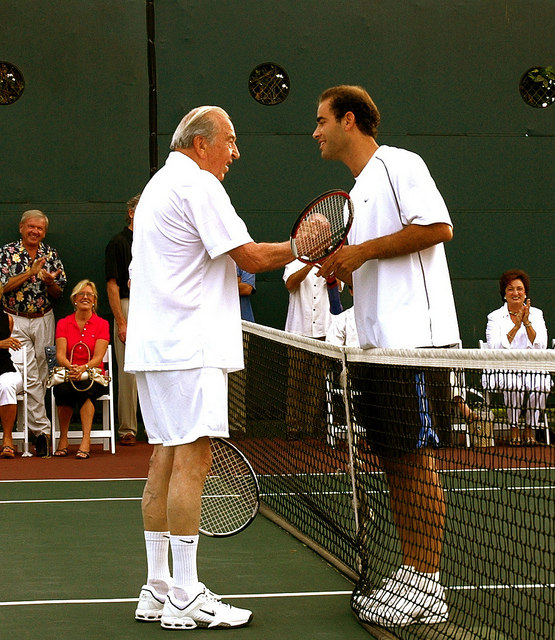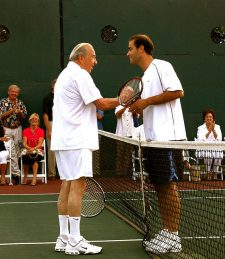
In fact, in the Ryan and Gross (1943) study on hybrid corn adoption, adoption occurred over more than ten years, and most farmers only dedicated a fraction on their fields to the new corn in the first years after adoption. The passage of time is necessary for innovations to be adopted they are rarely adopted instantaneously. Communication patterns or capabilities must be established between parties as a minimum for diffusion to occur. Communication channels allow the transfer of information from one unit to the other. ĭiffusion, by definition, takes place among people or organizations. In most studies, adopters are individuals, but can also be organizations (businesses, schools, hospitals, etc.), clusters within social networks, or countries. Īdopters are the minimal unit of analysis. Any idea, practice, or object that is perceived as new by an individual or other unit of adoption could be considered an innovation available for study. Innovation is a broad category, relative to the current knowledge of the analyzed unit. The key elements in diffusion research are: His methodologies are closely followed in recent diffusion research, even as the field has expanded into, and been influenced by, other methodological disciplines such as social network analysis and communication. Diffusion of Innovations and Rogers' later books are among the most often cited in diffusion research. Using his synthesis, Rogers produced a theory of the adoption of innovations among individuals and organizations. Rogers applied it to the healthcare setting to address issues with hygiene, cancer prevention, family planning, and drunk driving. Rogers synthesized research from over 508 diffusion studies across the fields that initially influenced the theory: anthropology, early sociology, rural sociology, education, industrial sociology and medical sociology. In 1962, Everett Rogers, a professor of rural sociology at Ohio State University, published his seminal work: Diffusion of Innovations. Earl Pemberton, such as postage stamps and standardized school ethics codes.

In organizational studies, its basic epidemiological or internal-influence form was formulated by H. Since its start in rural sociology, Diffusion of Innovations has been applied to numerous contexts, including medical sociology, communications, marketing, development studies, health promotion, organizational studies, knowledge management, conservation biology and complexity studies, with a particularly large impact on the use of medicines, medical techniques, and health communications. A study of the adoption of hybrid corn seed in Iowa by Ryan and Gross (1943) solidified the prior work on diffusion into a distinct paradigm that would be cited consistently in the future. Agriculture technology was advancing rapidly, and researchers started to examine how independent farmers were adopting hybrid seeds, equipment, and techniques. The study of diffusion of innovations took off in the subfield of rural sociology in the midwestern United States in the 1920s and 1930s. The concept of diffusion was first studied by the French sociologist Gabriel Tarde in late 19th century and by German and Austrian anthropologists and geographers such as Friedrich Ratzel and Leo Frobenius. The criterion for the adopter categorization is innovativeness, defined as the degree to which an individual adopts a new idea. Diffusion manifests itself in different ways and is highly subject to the type of adopters and innovation-decision process. The categories of adopters are innovators, early adopters, early majority, late majority, and laggards. This gap between niche appeal and mass (self-sustained) adoption was originally labeled "the marketing chasm" theorized that this point lies at the boundary between the early adopters and the early majority. In 1989, management consultants working at the consulting firm Regis Mckenna Inc. Within the rate of adoption, there is a point at which an innovation reaches critical mass. The innovation must be widely adopted in order to self-sustain. This process relies heavily on social capital. Rogers proposes that five main elements influence the spread of a new idea: the innovation itself, adopters, communication channels, time, and a social system. The origins of the diffusion of innovations theory are varied and span multiple disciplines. Rogers argues that diffusion is the process by which an innovation is communicated over time among the participants in a social system. The theory was popularized by Everett Rogers in his book Diffusion of Innovations, first published in 1962.

The blue curve is broken into sections of adopters.ĭiffusion of innovations is a theory that seeks to explain how, why, and at what rate new ideas and technology spread.

With successive groups of consumers adopting the new technology (shown in blue), its market share (yellow) will eventually reach the saturation level. The diffusion of innovations according to Rogers.


 0 kommentar(er)
0 kommentar(er)
